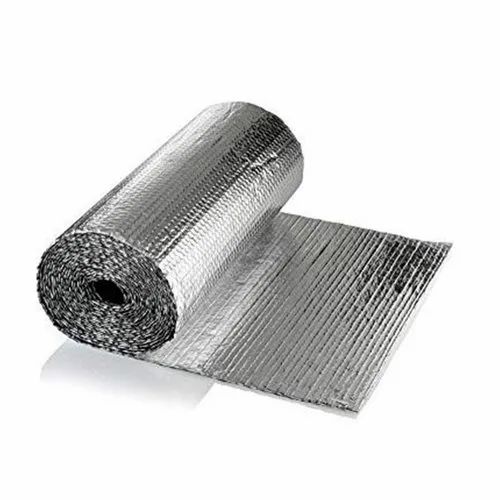In our quest for energy efficiency and comfort, understanding the properties of materials that can effectively block heat is crucial. Whether it's for insulating our homes, designing thermal barriers, or developing energy-efficient products, knowing which materials are effective in blocking heat can make a significant difference. In this article, we will delve into the world of heat-blocking materials, exploring their properties, applications, and effectiveness.
- Insulation Basics:
Before we dive into specific materials, let's first understand the fundamentals of insulation. Heat transfer occurs through three main mechanisms: conduction, convection, and radiation. Insulation aims to minimize these heat transfer processes by utilizing materials with low thermal conductivity, high resistance to airflow, and effective reflection or absorption of radiant heat. - Traditional Heat-Blocking Materials:
a. Fiberglass Insulation: Fiberglass insulation is a popular choice for thermal insulation due to its low thermal conductivity and ability to trap air pockets, reducing heat transfer. It is commonly used in residential and commercial buildings.
b. Mineral Wool: Similar to fiberglass, mineral wool insulation is made from natural or synthetic minerals. It offers excellent fire resistance and sound absorption properties, making it suitable for various applications.
c. Cellulose Insulation: Made from recycled paper or plant fibers, cellulose insulation provides good thermal resistance and is often used in retrofitting existing structures. - Advanced Heat-Blocking Materials:
a. Aerogels: Aerogels are lightweight materials with exceptional insulating properties. Composed of a gel structure with air as the main component, aerogels have extremely low thermal conductivity, making them ideal for applications where space is limited.
b. Vacuum Insulation Panels (VIPs): VIPs consist of a core material enclosed in a vacuum-sealed panel. The absence of air eliminates conduction and convection, resulting in highly efficient insulation. VIPs are commonly used in refrigeration, transportation, and building applications.
c. Phase Change Materials (PCMs): PCMs absorb and release heat during phase transitions, effectively regulating temperature. They are often used in passive cooling systems, such as in buildings or clothing, where they can absorb excess heat during the day and release it at night. - Emerging Heat-Blocking Technologies:
a. Nanomaterials: Nanotechnology has opened up new possibilities for heat-blocking materials. Nanoparticles, such as graphene and carbon nanotubes, exhibit excellent thermal conductivity and can be incorporated into composites to enhance heat resistance.
b. Photonic Crystals: Photonic crystals are engineered materials that manipulate the propagation of electromagnetic waves, including heat radiation. By controlling the bandgap of these materials, specific wavelengths of heat radiation can be blocked or allowed to pass through, enabling precise thermal management.
Conclusion:
In the pursuit of energy efficiency and thermal comfort, understanding the properties and applications of heat-blocking materials is essential. From traditional insulation options like fiberglass and mineral wool to advanced technologies like aerogels and nanomaterials, a wide range of materials offer effective heat blockage. By harnessing the power of these materials, we can create more sustainable and energy-efficient solutions for a cooler and greener future.
